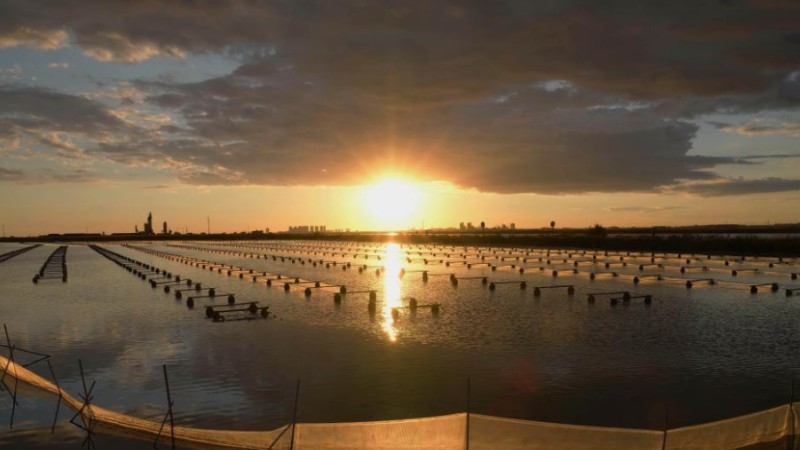Belt and Road Initiative makes imported durians more affordable in China
CHONGQING, June 28 (Xinhua) -- Kang Lili, an avid durian lover, has been treating herself to delectable Thai durians lately, overlooking their price tags. Much to her delight, there has been a significant price drop.
"The price was nearly 100 yuan (about 13.87 U.S. dollars) per kg in April, and it dropped to 40-plus yuan per kg in June. I can enjoy the fruit without worrying about my wallet," said Kang, a resident of southwest China's Chongqing Municipality.
Known as the "king of fruits" in Southeast Asia, the durian has gained increasing popularity among Chinese consumers due to its rich texture and unique flavor. Nevertheless, its high price has dissuaded many from indulging in its delights.
However, the price decline of durians is now poised to bring joy to a larger community of durian lovers. The changes can be attributed to the bountiful harvests of durians in Southeast Asian countries, as well as the Belt and Road cooperation, which has facilitated the establishment of international logistics channels between China and countries along the route.
These international logistics channels have significantly promoted trade and reduced transportation time between durian-producing regions in Southeast Asia and the inland areas of China.
In 2017, western Chinese provinces and ASEAN member states jointly launched the New International Land-Sea Trade Corridor, with Chongqing as the transportation hub. The corridor is one of the major programs under the Belt and Road Initiative.
Prior to the launch of the trade corridor, durians from Southeast Asian countries had to be shipped by sea to eastern cities in China before being transported to the western regions. The long transportation time and high costs made entering the western Chinese market difficult, and customers there had to bear higher durian prices.
On June 11, a cross-border train loaded with about 500 tonnes of fresh Thai durians reached Chongqing, marking the direct arrival of the first batch of Thai durians in Chongqing via the New International Land-Sea Trade Corridor.
The entire journey took only four days, compared with eight to 10 days via previous land-sea routes, said Deng Haoji, chief operating officer of Hongjiu Fruit, the company that purchased the durians.
"For fruit importers, time is money and every hour is precious. This durian train has reduced costs, as well as losses during transportation," Deng said, adding that these factors can ultimately benefit more customers.
The corridor now covers 61 cities in 18 provincial-level regions of China, and has expanded to 393 ports in 119 countries and regions.
From January to April, Chongqing reported 51,000 twenty-foot equivalent unit (TEU) containers of goods transported through the corridor, a year-on-year increase of 37 percent. The value of goods reached over 7.88 billion yuan, up 24 percent year on year.
Pornlert Chanto, the owner of a durian orchard in Thailand, hailed the launch of the corridor. "Logistics has been greatly improved. China's market demand is rapidly growing, and the Chinese market is of great importance to me," said Chanto, a major supplier of Hongjiu Fruit.
Thanks to the increasing Chinese orders, the revenue of Chanto's orchard has increased from about 3 million yuan in 2018 to 3.5 million yuan in 2022.
Apart from durians, other Southeast Asian specialty products such as Thai dragon fruit, Indonesian coffee, Laotian beer and Vietnamese basa fish are also gaining swift entry into the Chinese market through the trade corridor.
Photos
Related Stories
- Uganda journalist: China-Africa cooperation is based on mutual respect
- Chinese community in Switzerland hosts concert dedicated to BRI
- BRI injects strong power in fostering bilateral relationship between Namibia and China
- Interview: Belt & Road projects improve local residents' lives, says British expert
- China, Honduras sign memorandum of understanding on Belt and Road cooperation
Copyright © 2023 People's Daily Online. All Rights Reserved.









